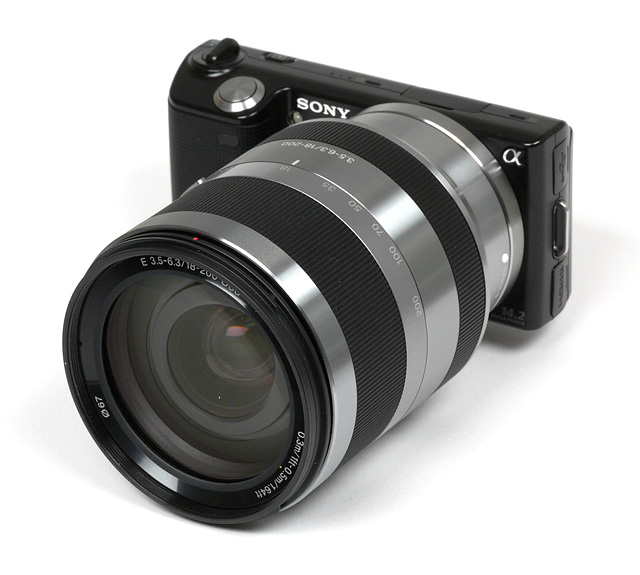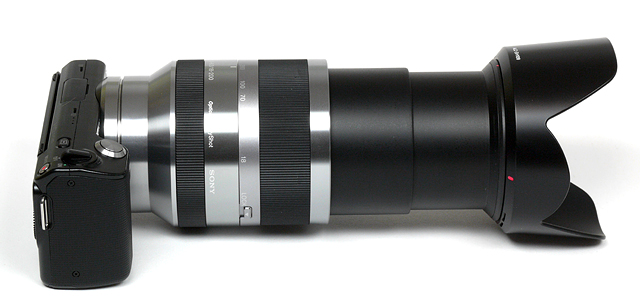On my recent road trip to Moab I took:
5D2 + lenses
GF1 + 20mm
Smart Phone w/ decent camera
For any trips where photography is not the primary goal, I've found the need for something that fit into the pocket to be very important, especially if you're anticipating any sort of hiking.
On my trip it was snowing in Arches Natl Park so it was very useful to be able to put the smart phone into my pocket and out of the elements. If I had more balls, I would have carried the GF1 or 5D2 around my neck and subjected it to the snow, but I lack balls... Below pic from the smart phone. Image quality was "OK" but a true P&S in my pocket would definitely have been better.

I definitely think the GF1 would have been much more useful if I had a zoom lens like the 14-45mm. It definitely could replace a DSLR for using during day hikes. For night time photography, there still no alternative to a large sensor DSLR, which is why I brought along the 5D2. Below shows GF1 long exposure vs 5D2 long exposure. You can figure out which is which.


5D2 + lenses
GF1 + 20mm
Smart Phone w/ decent camera
For any trips where photography is not the primary goal, I've found the need for something that fit into the pocket to be very important, especially if you're anticipating any sort of hiking.
On my trip it was snowing in Arches Natl Park so it was very useful to be able to put the smart phone into my pocket and out of the elements. If I had more balls, I would have carried the GF1 or 5D2 around my neck and subjected it to the snow, but I lack balls... Below pic from the smart phone. Image quality was "OK" but a true P&S in my pocket would definitely have been better.

I definitely think the GF1 would have been much more useful if I had a zoom lens like the 14-45mm. It definitely could replace a DSLR for using during day hikes. For night time photography, there still no alternative to a large sensor DSLR, which is why I brought along the 5D2. Below shows GF1 long exposure vs 5D2 long exposure. You can figure out which is which.

















